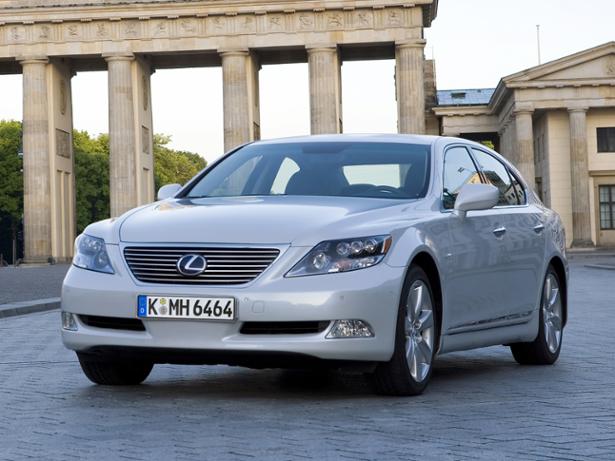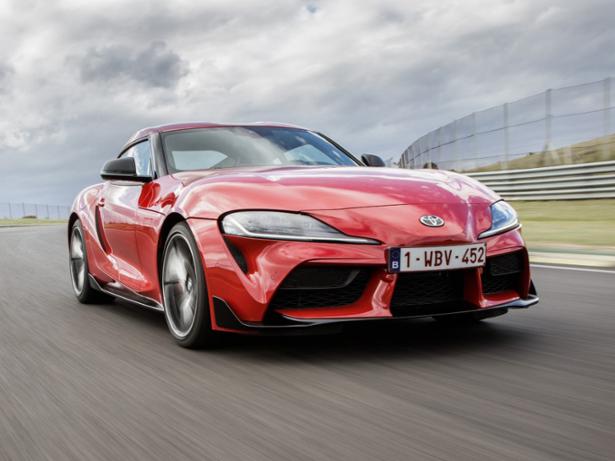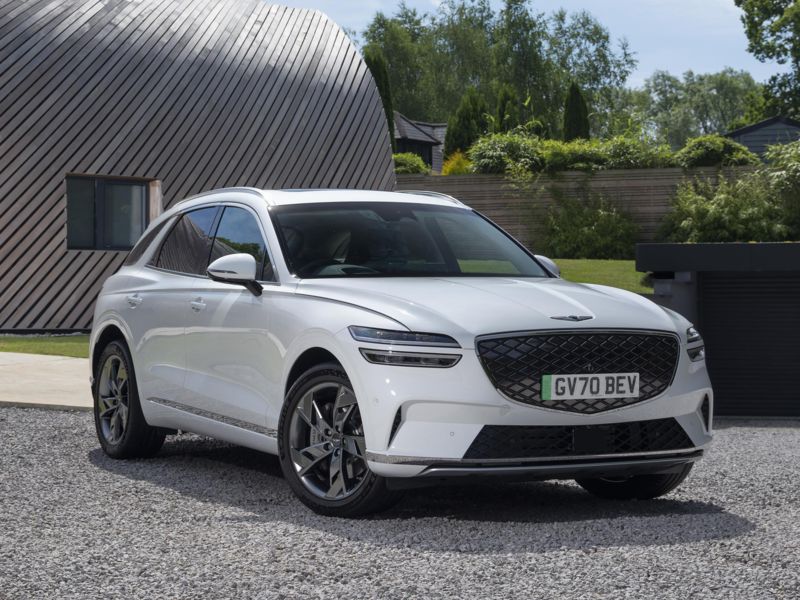Car CO2 emissions explained

We don’t rely on official car CO2 figures. We measure CO2 ourselves in our own tests, that go further than the official ones, to produce more realistic figures.
Our cars CO2 emission checker below shows two different measurements of CO2:
- The first is the amount of CO2 that come out of the exhaust pipe. This is also known as tank-to-wheel (TTW) CO2, and is the simplest way to measure CO2. Electric cars and hydrogen fuel cell cars will not have TTW figures, as they do not emit CO2 (electric cars don't even have an exhaust).
- The second CO2 measure is our well-to-wheel (WTW) CO2 figure. This takes account of the CO2 impact of generating the fuel, whether it be petrol, diesel, electricity or hydrogen, and looks at how efficiently the car uses that fuel.
You can use our WTW figures to directly compare CO2 from all cars, no matter what fuel it uses.
Free car CO2 checker: check by make and model
- Note: The data contains WTW CO2 figures for all cars we’ve tested since 2012, and TTW CO2 figures from cars tested since 2017. We will be adding TTW for all cars at a later point.
- Our test programme was updated in 2017, and figures are not comparable to cars tested on the 2012-2016 programme.
Our unique lab and road tests reveal the very best electric cars.
CO2 and car tax
For cars first registered after April 2017, the amount of CO2 your car emits defines how much car tax, also known as VED or vehicle excise duty, you pay in the first year of ownership.
You’re actually unlikely to notice this, as the cost is wrapped into the on the road price. Then, from the second year of ownership onwards, you pay a standard rate regardless of CO2 output.
To find out the current rates, head to our in-depth car tax guide.

CO2 rules and big fines
CO2 is not part of the same emission standards as NOx, PM and CO (ie Euro 6d). You can read more about emission standards in our guide to low emission cars.
Instead, cars are technically allowed to produce as much CO2 as they want, with one important caveat: across all the cars that a single manufacturer sells in a year, the average CO2 figure from official tests, from all the cars sold, must equal or be less than a limit set by the EU.
In 2019, that limit was 130g/km. So across all cars sold across the EU by a single manufacturer, the average CO2 from cars that manufacturer sold had to equal 130g/km or less.
But as of 2021, that limit dropped to 95g/km. That’s also going to be extremely challenging for carmakers. As the UK left the EU at the end of 2020, it actually has its own 95g/km limit for car makers.
That means all cars sold in the UK, per manufacturer, will have to average 95g/km, and all cars sold in the rest of the EU will have to, separately, also average 95g/km or less.
2020 was both the transition period for leaving the EU and, separately, being treated as a transition period from 2019’s 130g/km limit to 2021’s 95g/km limit.
If the cars sold by a manufacturer exceed the limit, it will be charged €95 for every single gram per km higher than the average they are, multiplied by every car the manufacturer sold that year.
Cars with high emissions in our tough tests, which are more stringent than official tests, can't be Best Buys. Only cars that are economical and reliable make the grade - see our pick of the best cars.
Rise of the mild hybrid
In the pursuit of lower CO2 figures, we’re currently seeing a wide roll out of mild-hybrids, such as the mild hybrid version of Volvo’s XC90 SUV.
Mild hybrids have a small battery-powered electric motor in addition to the main combustion engine. But unlike regular hybrids, the electric motor in a mild-hybrid does not power the wheels directly.
Instead, the electric motor assists the combustion engine, either adding a boost for extra power when needed or taking some of the strain on the engine for better fuel efficiency.
Mild-hybrids are essentially combustion cars with a little bit of help. But you may want to skip this phase and head straight for a hybrid or plug-in hybrid instead.
To find out which hybrids and plug-in hybrids we rate, based on our tough lab and road tests, go to the best hybrid cars.
Compare car insurance
Find the right policy for your vehicle using the service provided by Confused.com
Get a quote now


